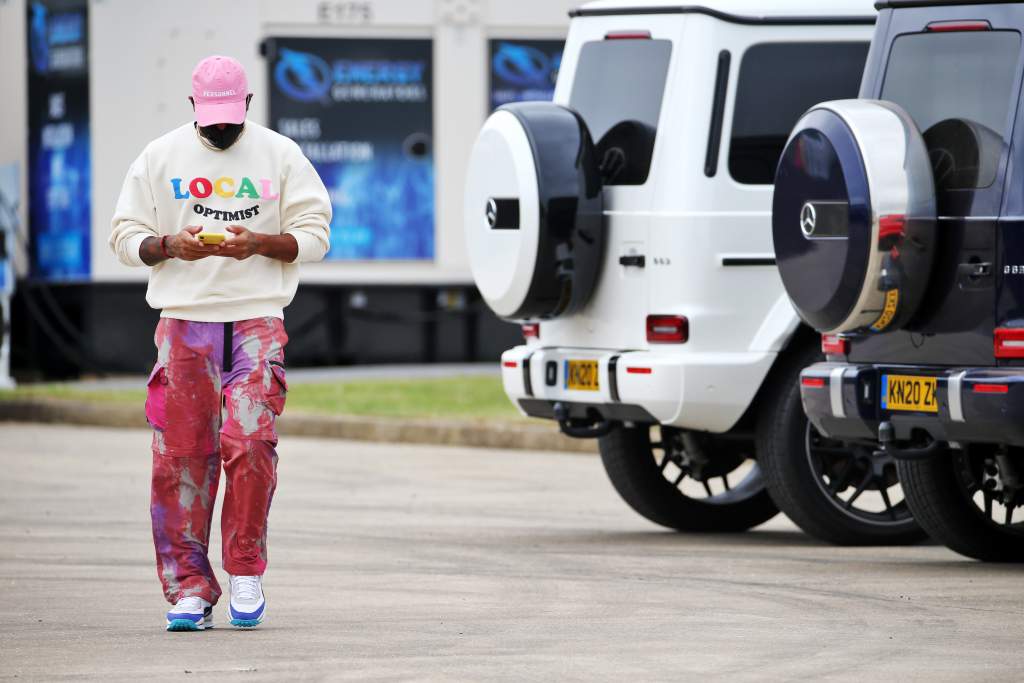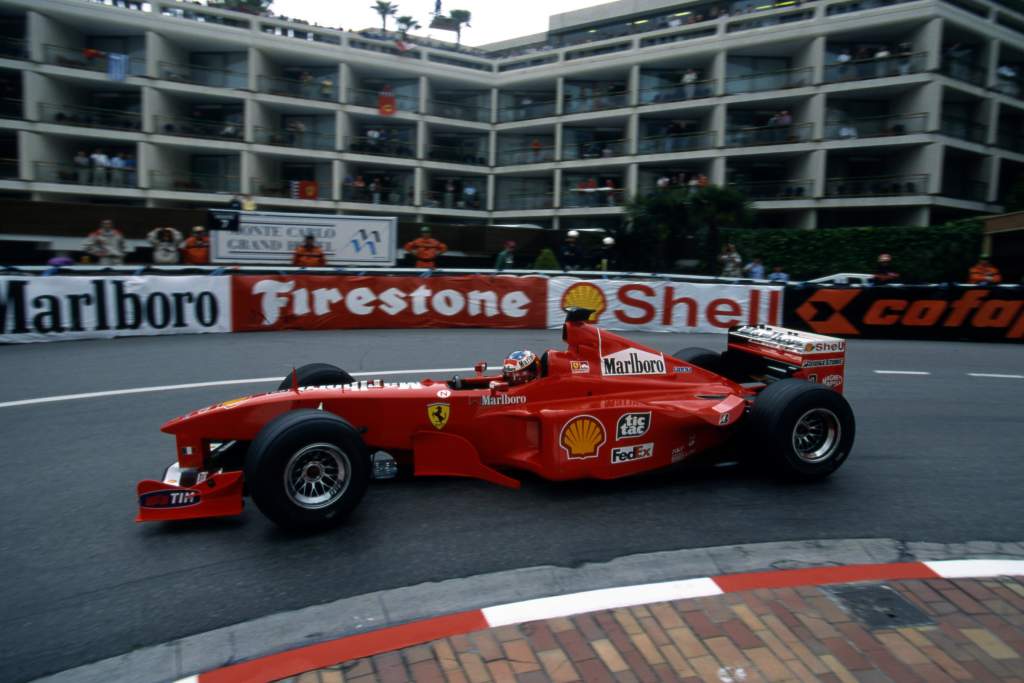Up Next

Late this year plans for a driver salary cap in Formula 1 were agreed, though the fine details remain open. Our sponsorship and marketing expert Jim Wright points out the pitfalls and an obvious solution
As soon as news broke that Formula 1 teams agreed to a $30million driver salary cap, it was obvious that for one or two F1 superstar drivers, this was going to be a major issue.
Lewis Hamilton, seven times world champion (and he hasn’t finished yet) is going to have his future earnings limited through legislation that the sport’s governing body and the F1 team owners have approved and embraced.
If you stop and think about that for a moment it seems, on the face of it, to be a poorly thought through move by Formula 1.
Every sport needs its star performers to attract publicity, to feed from grassroots levels a desire to aspire to replicate such feats and, as we all know, money is one of the two subjects which universally attract most interest.
But balance that apparent own goal with F1’s desperate requirement to check runaway costs which are at odds with the rest of the world’s economic thinking and in this light, capping driver salaries is not just sensible but a necessity to go hand in hand with curbs on irrelevant technical developments and staff reductions.
Supporters of F1 driver salary capping will quickly point to the success in other major sports where athlete cost caps have been introduced and where a sensible check on athlete costs has been legislated enabling team franchise owners to draft budgets with fiscal responsibility.
But there is one very significant and fundamental difference between Formula 1 (indeed motorsport) and ball sports which is overlooked by many, but seemingly not by Lewis who has understood the issue.
In motorsport, our reliance upon sponsorship is far greater than for any ball sport, quite simply because racing teams don’t own the stadiums (racetracks) in which they race (Roger Penske aside, of course) so no revenues are derived by motorsport teams from ticket sales, stadium advertising, hospitality, food & beverage sales etc.
Motorsport costs are also very high because of the technology and safety measures required, and other than in F1, where the promoter reasonably shares total income with the 10 teams, and NASCAR, most other motorsport promoters don’t distribute sufficient income among its actors – the teams and drivers.
Therefore, the survival, let alone profitability of a professional motorsport team, depends upon its commercial team’s ability to sell sponsorship – which is difficult in ‘normal’ times and verging on improbable in COVID-affected seasons.
The end result of all of this is that professional racing organisations will (correctly) totally ring-fence all team commercial and image rights, including those of its drivers and senior staff members – meaning that drivers like Hamilton are incredibly restricted in their ability to sell their image rights (at least in a racing context) to third-party brands.

Compare this with NBA stars like LeBron James, who has earned considerably more from off-court sponsorship and endorsement deals than his salary-capped stipend from the LA Lakers.
So, tackling this issue is important for the future of our sport because if we disincentivise our superstars to carry on trying to establish new records then we lose our greatest ambassadors.
Balancing the requirements of the FIA and the promoter to control costs while giving our superstars more rope to bolster earnings is not easy but I think that there is a solution if the professional teams think carefully about what they need to ring-fence.
There are certain brand sectors where sponsorship monies for professional racing teams is very rarely sourced. Think of the confectionery sector by way of an example; when was the last time we saw a major sponsorship from a confectionery brand as an F1 team sponsor? Perhaps Ferrero’s Tic-Tac brand partnership with Ferrari two decades ago?

The male grooming sector is another one that has rarely produced substantive team sponsorship (Yardley in the 1970s is the last really big one that I can recall, possibly Denim in the 80s) but again, this sector might be much more attracted to a Lewis Hamilton personal endorsement.
But perhaps the way forward is a combination of team sponsorship and personal endorsement – step forward Hamilton and the Mercedes team, who both benefit from smart partnerships with the Tommy Hilfiger brand showing just what can be achieved when boundaries are removed to achieve common goals.
So while I agree with Hamilton that capping driver salaries is not the smartest move, I would balance that with the need to control overall motorsport costs.
But surely the way forward is to create an environment which is a win-win and if that was achieved in a smart way there should be considerable upsides for both the professional racing teams and the drivers.
So when Hamilton and Toto Wolff gather round the yuletide fire to negotiate that new contract, I hope that their discussions will result in a deal whereby Lewis can continue to be paid what he’s undoubtedly worth and that the Mercedes F1 team finds a way through leveraging Hamilton’s image rights to unlock more sponsorship dollars. It should be possible…





